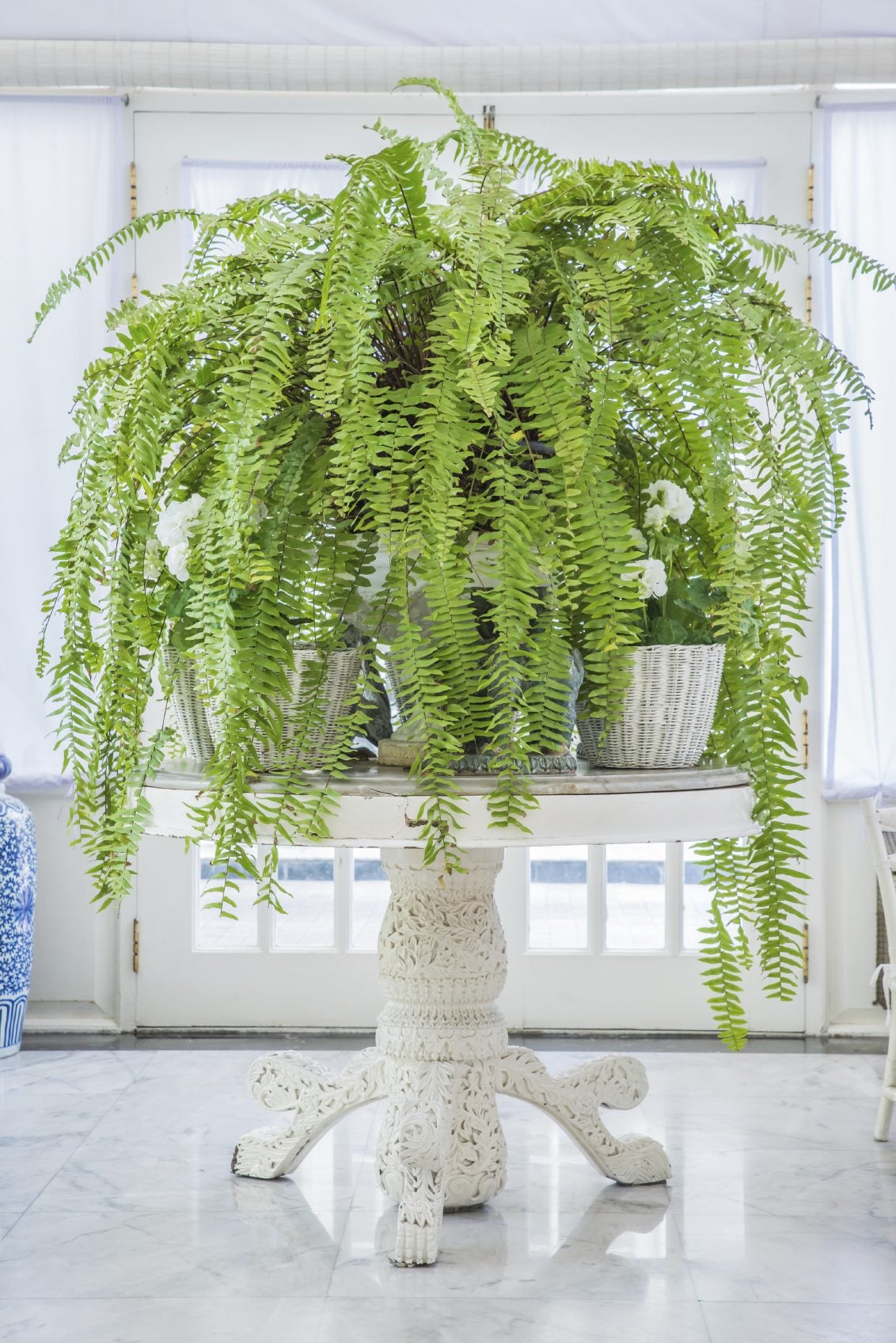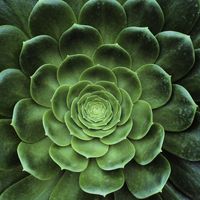Boston Fern Light Conditions: How Much Light Does A Boston Fern Need


Amy Draiss
Boston fern (Nephrolepsis exaltata bostoniensis) is a dependable, old-fashioned charmer that decorates the environment with cascades of graceful, deep green fronds. Boston fern is a tropical plant that thrives with minimal care; however, light requirements for Boston ferns are a critical aspect of successful growing. Keep reading to learn about Boston fern light needs, including Boston fern light conditions.
How Much Light Does a Boston Fern Need?
Boston fern light requirements vary depending on the time of year. The plant benefits from bright, indirect light during fall and winter. A location where the plant gets at least two hours of indirect sunlight per day, preferably in the morning or late afternoon, is ideal. Boston fern light conditions must change when sunlight is more intense in spring and summer. During the sunny time of year, the fern needs a semi-shady location, such as a window with a northern exposure. Avoid direct, intense sunlight from a window with southern or western exposure unless the window is protected by a sheer curtain, or if the window is shaded by a tall outdoor tree. Consider two important factors when you think about Boston fern indoor light any time of year. Boston fern won't tolerate bright sunlight or total shade.
- First, avoid intense, direct light, which can scorch the fronds.
- Secondly, keep in mind that without adequate sunlight, the plant won't thrive and is likely to drop its leaves.
Now that you know about Boston fern light conditions, you can consider the plant's other needs, which aren't complicated. Water the plant deeply whenever the top inch (2.5 cm.) of soil feels dry to the touch, then let the pot drain thoroughly before you return the plant to its drainage saucer. If the indoor air is dry, place the pot on a tray of wet pebbles to raise the humidity around the plant, but never let the pot sit in water. Fertilize the fern every four to six weeks during spring and summer, using a water-soluble fertilizer diluted to one-quarter strength, or use organic fish emulsion. Mist the plant occasionally to clean dust from the leaves, but don't overdo; damp fronds are more susceptible to disease. Snip old fronds at soil level to generate healthy new growth.
Sign up for the Gardening Know How newsletter today and receive a free copy of our e-book "How to Grow Delicious Tomatoes".

A Credentialed Garden Writer, Mary H. Dyer was with Gardening Know How in the very beginning, publishing articles as early as 2007.
- Amy DraissDigital Community Manager